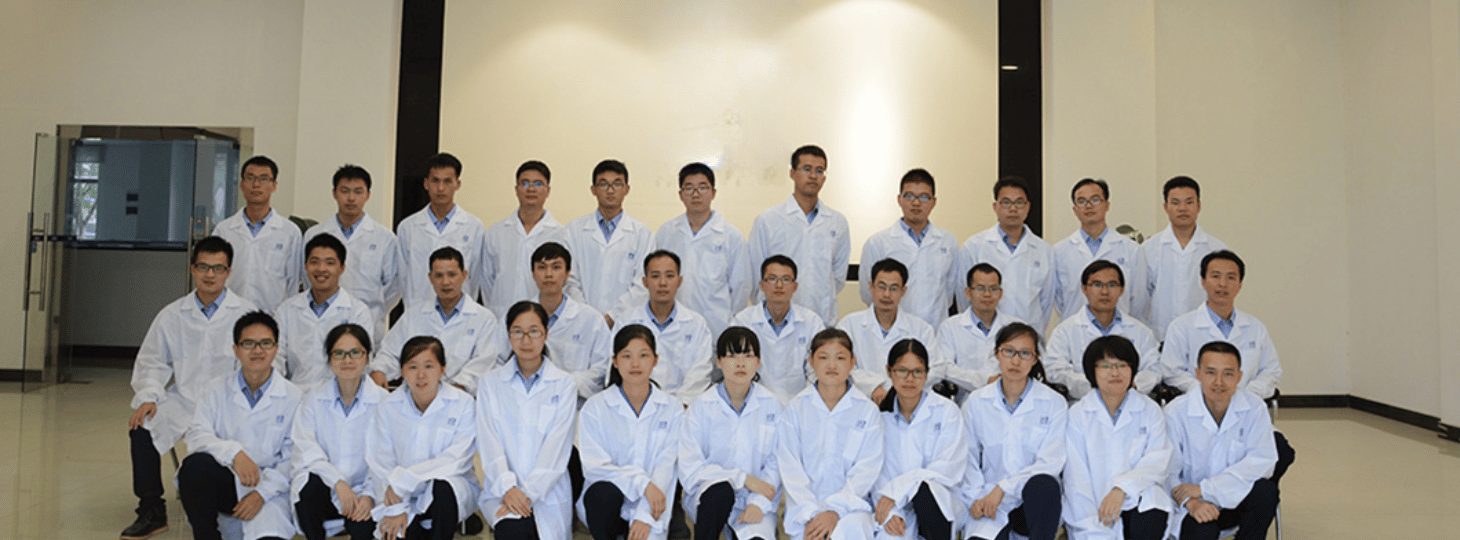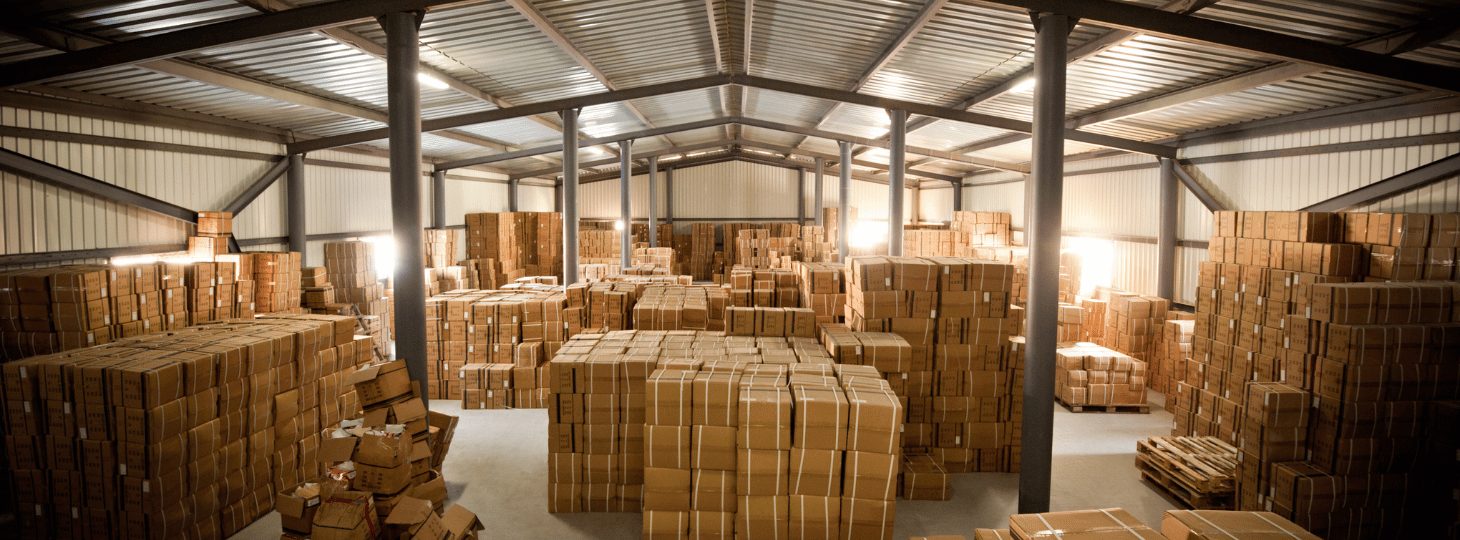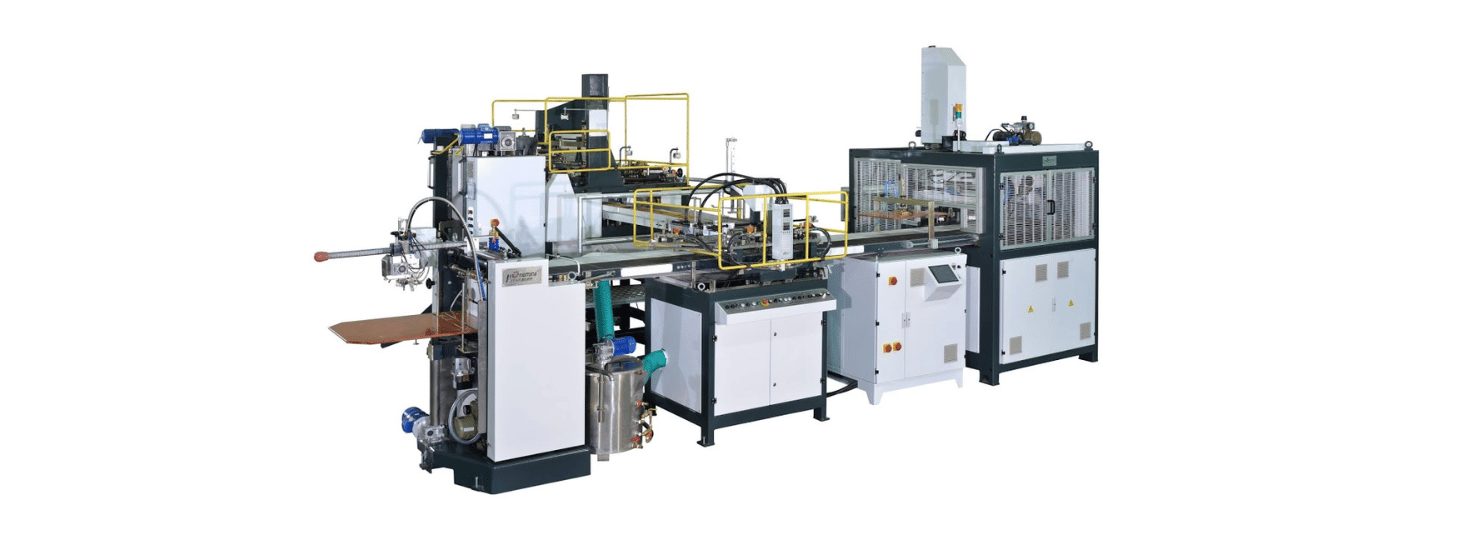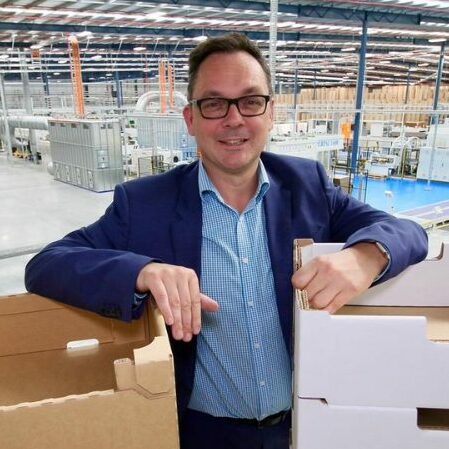#1 Material Compatibility
Companies need to ensure that the machine can handle the specific materials they plan to use in their packaging. According to MSIVT, die cut press machines enable manufacturers to create virtually any kind of shape, design, or pattern, using nearly any type of material, offering great versatility across a huge range of applications.
#2 Production Volume Capacity
The intended volume of production is another crucial factor to consider. At Autoboxup, some of our machines are designed for high-volume production in industrial settings, while others are better suited for smaller-scale operations. Understanding a machine’s capacity and comparing it to the expected production volume can help businesses make an informed decision that aligns with their production needs and operational scale.
#3 User-Friendliness
Ease of use should be a top consideration when choosing a die cut press machine. For example, a machine that’s easy to operate will require less training time, which can enhance productivity and minimize downtime. User-friendly machines can improve operator satisfaction and reduce the likelihood of errors that could lead to production issues. Look for machines with intuitive controls, clear instructions, and ease of maintenance.
#4 After-Sales Support
The availability and quality of after-sales support is a vital factor that can significantly impact the total cost of ownership of the machine. Comprehensive after-sales support, including spare parts availability, and technical assistance, can help ensure smooth operation, minimize downtime, and extend the machine’s lifespan. Businesses should seek manufacturers with a reputation for excellent customer service and reliable support.
#5 Considering Energy Efficiency
In the context of increasing focus on sustainable business practices, the energy efficiency of a die cut press machine is an important factor. Energy-efficient machines can reduce operational costs over time and contribute to a company’s efforts to reduce its environmental impact. Companies should consider this factor not only for its potential cost savings but also as part of their commitment to sustainability.






